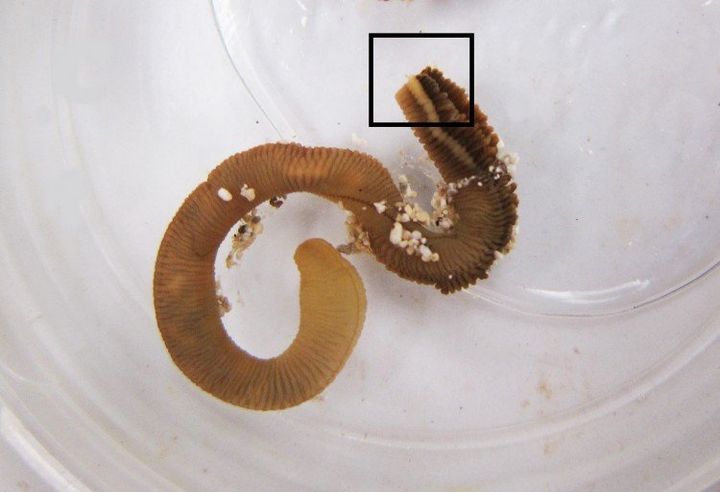Scientists are using “immortal” worms to learn how humans could regrow limbs after amputation or restore nervous system function after a spinal injury.
To look at an acorn worm, you wouldn’t guess that they were one of our closest invertebrate relatives, but they actually share thousands of genes with humans.

Shawn Luttrell, a lead author on the paper, said: “We have many, if not all, of the same genes they are using to regenerate their body structures.”
In theory this similar genetic makeup means that we should be able to achieve similar functionality. But that isn’t the case.
Acorn worms are able to magically regrow every major body part – including the head, nervous system and internal organs.
Cut them in half, and within 15 days they have replaced their mouth, nose, heart, kidneys, and have even developed a new neural tube (the precursor to a central nervous system).
Billie Swalla, from the University of Washington, said: “Not only are the tissues regrown, but they are regrown exactly the same way and with the same proportions so that at the end of the process, you can’t tell a regenerated animal from one that has never been cut.”
Obviously for humans, full limb regeneration is still the stuff of sci-fi dreams.
Although we are able to regrow parts of organs and skin cells to some degree, there is something acting as an invisible roadblock to full regrowth. The team says this may be our immune system creating scar tissue, or our size making regrowth too energy consuming.
But the new research suggests that if they are able to unlock the genetic network responsible in acorn worms – in particular a ‘master gene’ - they might be able to manipulating human genetics to match.
When these gene patterns are known, tissue from a person with an amputation could be collected and the genes in those cells activated to go down a regeneration pathway. Then, a tissue graft could be placed on the end of a severed limb and the arm or leg.
“This could have implications for central nervous system regeneration in humans if we can figure out the mechanisms the worms use to regenerate,” said Luttrell.
